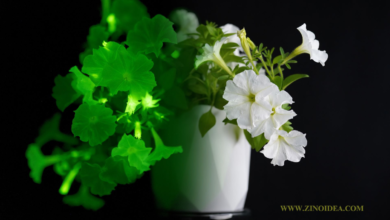Clove Tree: Cultivation, Hardiness & Benefits
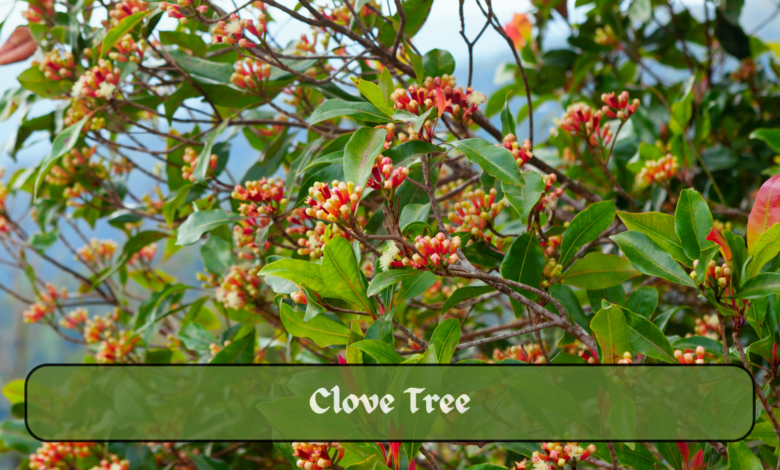
Are you intrigued by the idea of having your own clove tree in your garden? Delving into the cultivation and care of these aromatic wonders can be an enriching experience. Let’s explore the world of clove trees, from their properties and origins to tips on planting and nurturing them.
Clove Tree: Properties, Flowers, and Origin
Clove trees, scientifically known as Syzygium aromaticum, produce the dried flower buds that carry a captivating fragrance and a distinctive flavor, essential in numerous cuisines worldwide. Belonging to the myrtle family, Myrtaceae, these trees trace their roots back to the Moluccas, once renowned as the Spice Islands. Despite their historical significance, cultivating clove trees has been limited due to climatic constraints. However, modern cultivation has expanded to regions with suitable oceanic climates.
These evergreen giants can reach impressive heights of over 10 meters under optimal conditions. However, when cultivated in containers, their growth is stunted, typically reaching around 2 meters in height. The foliage of clove trees consists of green, leathery leaves with oil glands that release the prized clove essential oil. During blooming seasons, the trees adorn themselves with clusters of petite flowers, each boasting four fleshy petals and a hermaphroditic nature. The resultant fruits, measuring about 2cm, mature from dark purple to deep red, encapsulating a single clove seed vital for propagation.
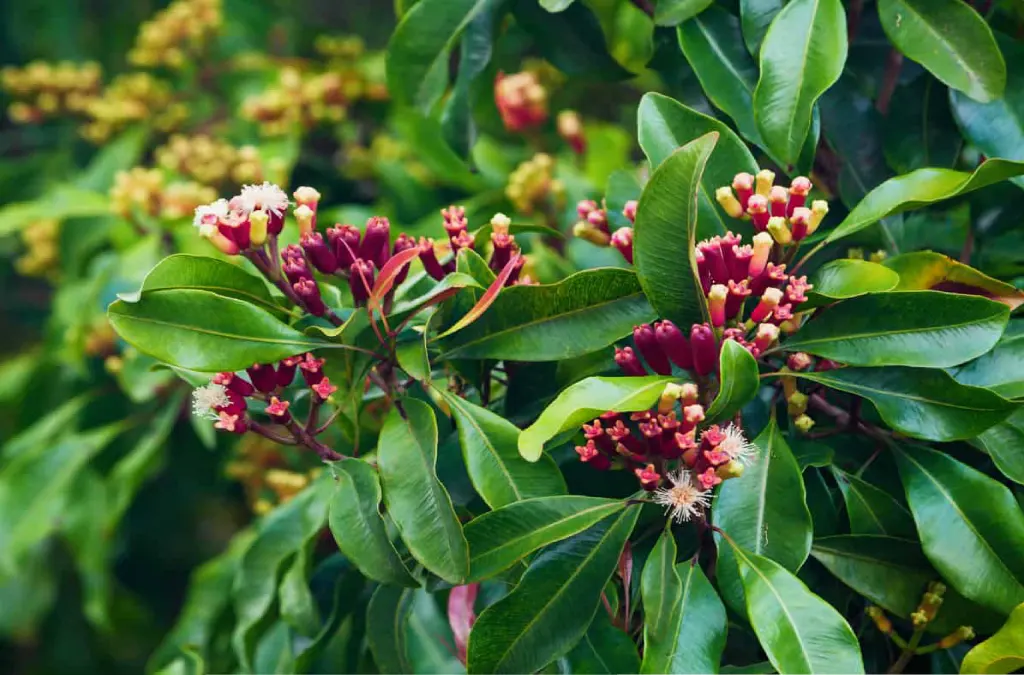
Tip: Commercially cultivated clove trees are often pruned to maintain a manageable size, facilitating hand harvesting without the need for ladders.
How to Grow a Clove Tree
The allure of cultivating clove trees is often accompanied by the challenge of meeting their tropical demands, particularly in regions like the UK. These trees thrive in consistently warm temperatures and high humidity, necessitating specialized care. In cooler climates, container growth coupled with greenhouse or indoor cultivation becomes imperative, allowing for seasonal outdoor exposure during warmer months.
Apart from climatic considerations, maintaining adequate moisture levels while avoiding waterlogging is paramount for clove tree health. Daily misting and employing humidity-enhancing techniques such as gravel-filled saucers aid in creating a favorable microclimate. Optimal soil conditions entail nutrient-rich, well-draining mediums, with additions like clay enhancing water retention.
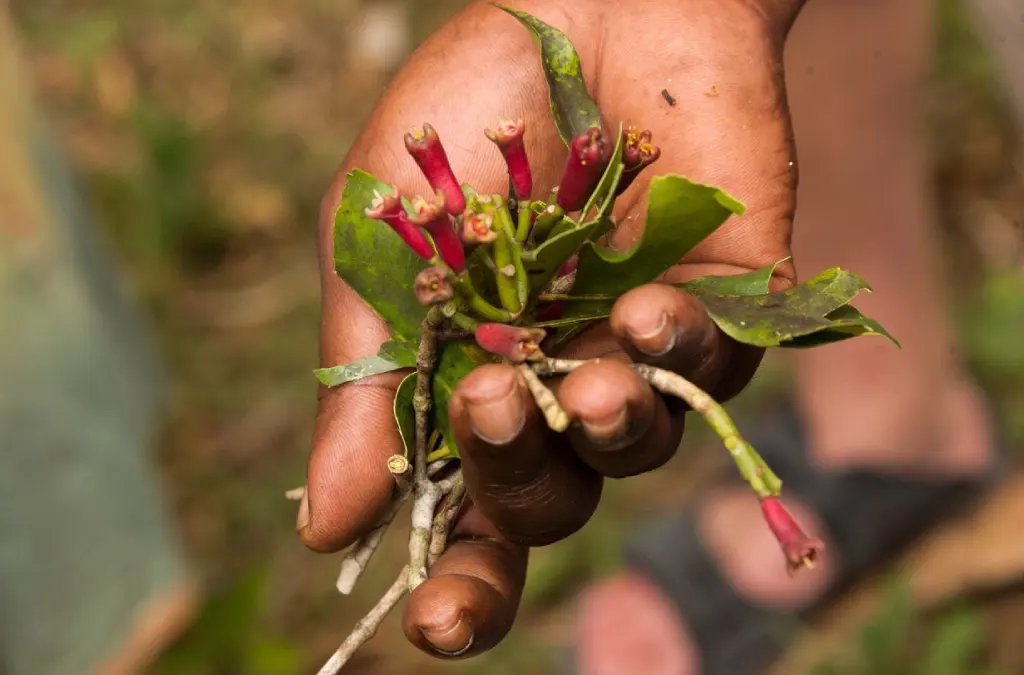
Tip: Incorporating Plantura Organic All Purpose Compost supplemented with clay ensures a nutrient-rich substrate conducive to clove tree growth.
Clove Tree Care
Achieving thriving clove trees necessitates meticulous attention to temperature regulation, especially during the active growing season. Sustained temperatures between 20 and 25 °C foster robust growth, while exposure to prolonged cold spells risks irreparable damage. Adequate watering regimes, periodic fertilization, and strategic repotting intervals sustain healthy root development and overall vigor.
Tip: Repotting every 2 to 3 years with high-quality soil, such as Plantura Organic All Purpose Compost, promotes sustained growth and vitality.
Are Clove Trees Hardy?
Clove trees, hailing from tropical climes, exhibit minimal tolerance to cold temperatures, rendering them unsuitable for outdoor cultivation in temperate regions without appropriate protection. Overwintering in heated environments such as conservatories or heated greenhouses safeguards against frost-induced harm, ensuring vitality come spring.
Uses and Benefits of Clove
Beyond their culinary allure, cloves boast a rich history of medicinal and aromatic applications. Historically revered for their purported healing properties, cloves offer relief from dental woes and digestive discomforts while doubling as potent antioxidants.
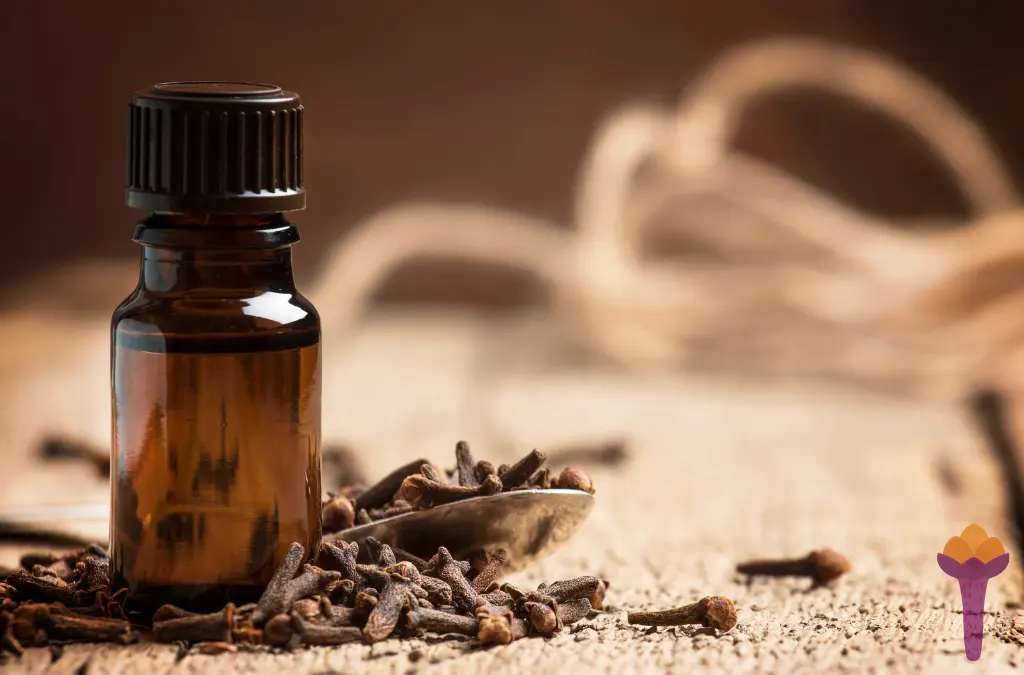
Tip: Assessing the quality of cloves through oil content and buoyancy aids in procuring premium-grade specimens for culinary and therapeutic endeavors.
From enhancing culinary creations to therapeutic indulgences, clove trees enrich both the garden and the senses, embodying a fusion of history, flavor, and aroma. Embrace the journey of clove cultivation, and embark on a fragrant odyssey bound to tantalize the palate and elevate the spiri

